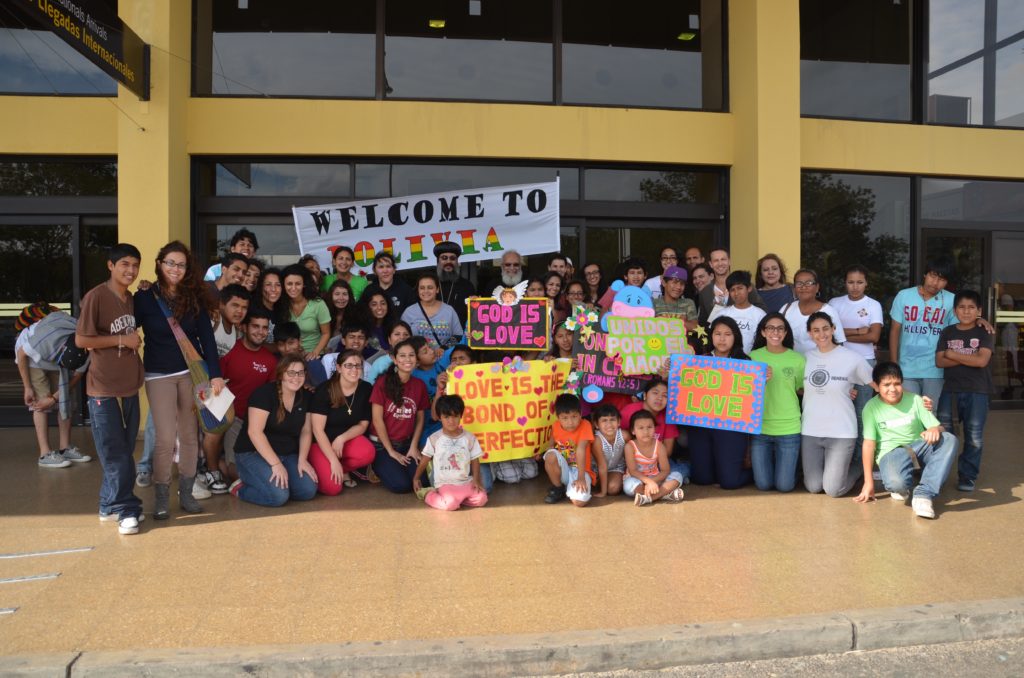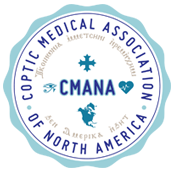
+ Bolivia named for Simon Bolívar, liberator of much of South America—is poor, mountainous, and landlocked. Bolivia’s population is 8,922,000.
+ Over 60 percent of Bolivia’s people are Indian, mostly Quechua or Aymara; the rest are European and mixed. Many are subsistence farmers on the Altiplano (pronounced ahl-tee-PLAH-noh). Here La Paz, with 1.5 million people, sprawls amid snowy peaks near Lake Titicaca.
+ The waters of Lake Titicaca help warm the air, otherwise La Paz, the world’s highest capital city at 3,600 meters (11,800 feet), would not be livable. Bolivia has a second capital at Sucre, named after its first president, where the supreme court resides.
The main religion is Roman Catholicism but numerous other denominations also exist in the country.
Visa
[vc_row][vc_column][vc_column_text] [/vc_column_text][vc_btn title=”July and August 2023 Missions are HAPPENING! Click to register!” style=”custom” custom_background=”#0166bf” custom_text=”#ffffff” shape=”square” size=”lg” align=”center” link=”url:https%3A%2F%2Fcmanamerica.gomethod.app%2F!%2F%23%2F25570%2Fbolivia-medical-mission-trip-august-2022||target:%20_blank”][/vc_column][/vc_row][vc_row centered=”yes” sd_margin_top=”10″][vc_column width=”1/2″][vc_custom_heading text=”General Information:” font_container=”tag:h3|text_align:left” use_theme_fonts=”yes”][vc_column_text]Bolivia—named for Simon Bolívar, liberator of much of South America—is poor, mountainous, and landlocked. Bolivia’s population is 8,922,000.
[/vc_column_text][vc_btn title=”July and August 2023 Missions are HAPPENING! Click to register!” style=”custom” custom_background=”#0166bf” custom_text=”#ffffff” shape=”square” size=”lg” align=”center” link=”url:https%3A%2F%2Fcmanamerica.gomethod.app%2F!%2F%23%2F25570%2Fbolivia-medical-mission-trip-august-2022||target:%20_blank”][/vc_column][/vc_row][vc_row centered=”yes” sd_margin_top=”10″][vc_column width=”1/2″][vc_custom_heading text=”General Information:” font_container=”tag:h3|text_align:left” use_theme_fonts=”yes”][vc_column_text]Bolivia—named for Simon Bolívar, liberator of much of South America—is poor, mountainous, and landlocked. Bolivia’s population is 8,922,000.
Over 60 percent of Bolivia’s people are Indian, mostly Quechua or Aymara; the rest are European and mixed. Many are subsistence farmers on the Altiplano (pronounced ahl-tee-PLAH-noh). Here La Paz, with 1.5 million people, sprawls amid snowy peaks near Lake Titicaca. The waters of Lake Titicaca help warm the air, otherwise La Paz, the world’s highest capital city at 3,600 meters (11,800 feet), would not be livable. Bolivia has a second capital at Sucre, named after its first president, where the supreme court resides.
The main religion is Roman Catholicism but numerous other denominations also exist in the country.[/vc_column_text][vc_custom_heading text=”Visa:” font_container=”tag:h3|text_align:left” use_theme_fonts=”yes”][vc_column_text]The Bolivian government has announced that effective December 1, 2007, U.S. citizens seeking to enter Bolivia as tourists must first obtain an entry visa. Please continue to direct specific inquiries to the Bolivian Embassy in Washington or your nearest Bolivian consulate (see http://www.bolivia-usa.org/ for contact information).
Tourist visas for U.S. citizens are valid for 5 years from the date of issuance. After the expiration date, the tourist must reapply for a visa and pay the corresponding fee once again. For more information list https://www.passportsandvisas.com/embassy-consulate/bolivia
Tourist visas allow the bearer to stay in Bolivia for 90 days per calendar year.
The non-refundable cost of the visa is approximately US$100 (one hundred U.S. dollars).
**Bolivia airport: Santa Cruz VVI [/vc_column_text][vc_video link=”https://www.youtube.com/watch?v=-VCSTHLrzok” title=”Bolivia July 2016 Mission Trip”][/vc_column][vc_column width=”1/2″][vc_custom_heading text=”Vaccinations: ” font_container=”tag:h3|text_align:left” use_theme_fonts=”yes”][vc_column_text]
The CDC advises that travelers to Bolivia are up to date on vaccinations including:
- Hepatitis A
- Hepatitis B
- Typhoid
- Malaria
- Rabies
- Yellow Fever
- Measles-mums-rubella (MMR)
- Diphtheria-tetanus-pertussis
- Varicella (Chickenpox)
- Polio
- And your early Flu shot
For more info about Vaccinations please visit click here.
**Zika virus is prevalent in Bolivia and Haiti. Women who are pregnant or who are planning to become pregnant (Also men could become carriers for some time and transmit the virus to their wives) should consult with their physician or health care provider prior to traveling as there is a risk of birth defects with Zika infection during pregnancy.[/vc_column_text][vc_column_text]
[/vc_column_text][vc_custom_heading text=”Gallery:” font_container=”tag:h1|text_align:left” use_theme_fonts=”yes”][vc_media_grid style=”pagination” items_per_page=”6″ gap=”3″ grid_id=”vc_gid:1654547110042-4baef3c6-cf07-3″ include=”1552,1553,1554,1555,1556,1557,1558,1559,1560,1561,1562,1563,1564,1565,1566,1567,1568,1569,1570,1571,1572,1573,1574,1575,1576,1577,1578,1579,1580,1581,1582,1583,1584,1585,1586,1587,1588,1589,1590,1591,1592,1593,1594,1595,1597,1598,1599,1600,1601,1602,1603,1604,1606,1609,1610,1611,1613,1614″][sd_testimonials items=”1″][vc_video link=”https://www.youtube.com/watch?v=Bb0LEB5i1Cw” title=”Bolivia August 2016 Video:”][/vc_column][/vc_row][vc_row][vc_column][/vc_column][/vc_row][vc_row][vc_column][/vc_column][/vc_row]
